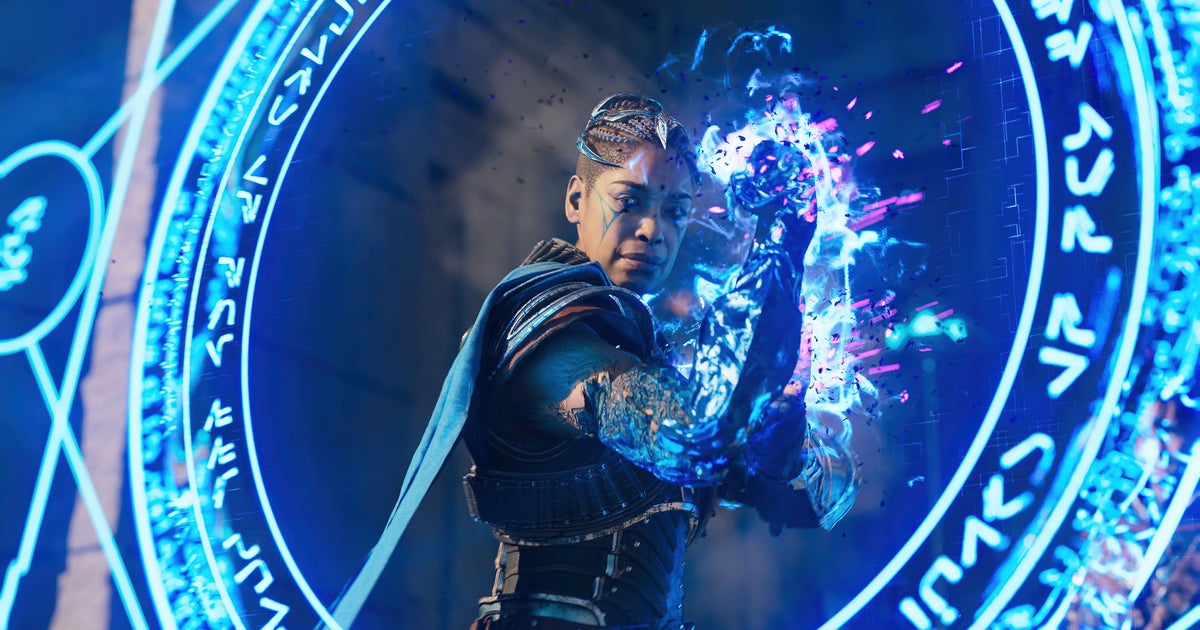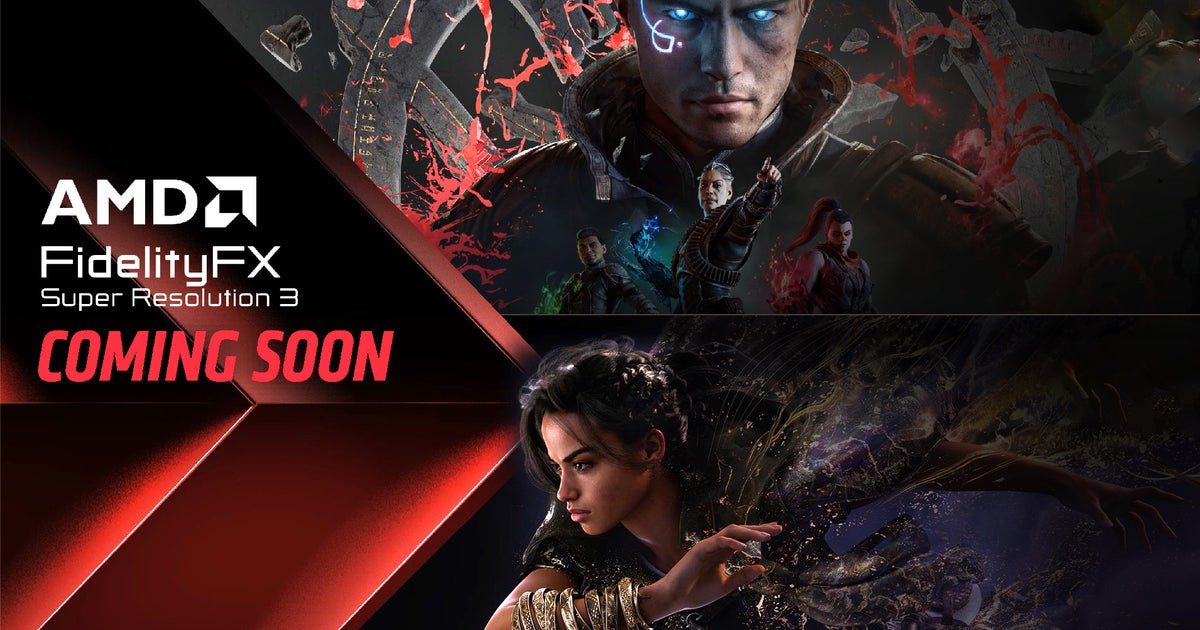been playing this version for a while, the first couple of levels, but after playing it my goal is to complete the Quake 2 RTX version. Running a Path Traced game at a rocky, stable 60 fps and a power consumption of 81W, the GPU doesn't emit a single noise, it's priceless. My eyes almost got teary from the emotion. Please someone hugs me.


so yeah, I'm continuing to play the RTX version til completing it.
Settings to save power consumption:
- windowed mode. (this doesn't matter but still)
- temporal upscaling: yes
- dynamic resolution scaling: yes
- target framerate: 60fps
- GI: High (the max setting, the other RT options set to default)
- minimum scale: 25%
- maximum scale: 50% (hence the 81W power consumption, we are talking about a 32" 1080p TV at 1.5 meters, but the game looks good as you can see in the pictures)
Maybe we are going to see Path Traced games in mobile devices soon, which is Intel's goal, and a new Steam Deck and the likes of it are going to be a dream come true. I cried today.
Last edited:


